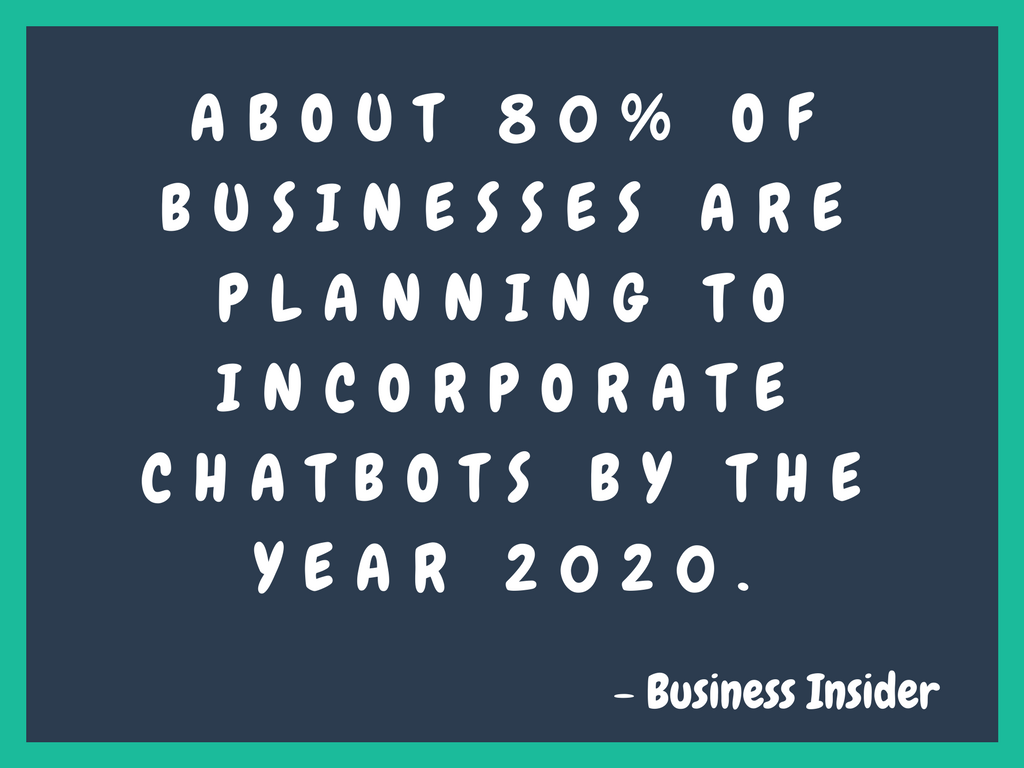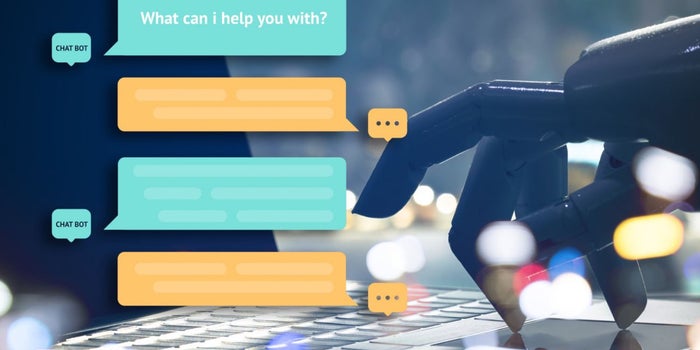According to Artificial Intelligence (AI) company, Expert System, chat bots simply simulate a conversation or chat with a user in natural language through messaging applications, websites, mobile apps or through the telephone. Normal chatbots interact with humans in a natural way, primarily through the use of text chat windows, but verbal interactions are also possible while AI-powered chatbots are typically better as they are able to tap into a customer’s information and provide a more personalized experience.

Chatbots are changing how brands interact with customers and if a brand creates a high quality chatbot chances are the brand will generate very positive impact. A Business Insider’s report of a survey by Oracle found that 80% of brands plan to use chatbots by 2020, yet another study found that 35% of consumers want to see more companies use chatbots. This has already started to raise interesting questions given that the practice is still relatively new.
Almost everyone on social media (specifically Facebook) must have likely have interacted with a chatbot when they visited a brand’s page and a chat via Facebook Messenger popped up. The technology powering this new phenomenon is not as complex or techy as one may imagine. You can actually make your own chatbot for use in Facebook Messenger as well as for deployment on your own website. Currently, there exists several sites that are offering one this ability to create rudimentary chatbots using simple drag-and-drop interface.
In what ways can a brand use chatbots (whether on their social media accounts or within their own websites) to provide better customer service and enhance its brand’s interaction online?
- 24hrs customer service – Depending on your customer base or the goal you want to achieve as a brand (continuous information sharing) you can use chatbots to enhance customer service 24hrs and ensure some sort of seamless live chat. Automated conversations are best kept via private channels where highly personalized experiences can be delivered.
- Objective customer service – Many brands have been victims of poor customer service and/or communication particularly in a crisis situation. Handling a brand online and monitoring conversations isn’t easy and chatbots can be used to help mitigate “salty” responses from a brand rep and answer queries to a customer’s satisfaction.
- Source of information – Your chatbot can pop up to provide any additional information or be automated to directly send messages to your audience. Additionally, they can be used to collect data and information from your customers or audience that could have been previously done through filling a form. For Governments and parastatals this could also be a tool used to assist in continuously delivering key information to the public about a project or event.
Most chatbots can also be seamlessly integrated into the company’s website or smartphone apps, which saves the customer the time and trouble of searching the company’s online resources for the answers they need. No offence to FAQs but honestly no one has time to go through them these days.
Finally, we believe that chatbots should aid and not replace human to human interaction. At the end of the day, a customer desires to have an interactive conversation and connection with a representative of the brand so always be ready to take the conversation to the next level.
“A brand shouldn’t try to build a human-like chatbot; a great chatbot should be able to take actions that maximize their chances of success toward achieving particular goals” ~ David Cancel, CEO Drift.

